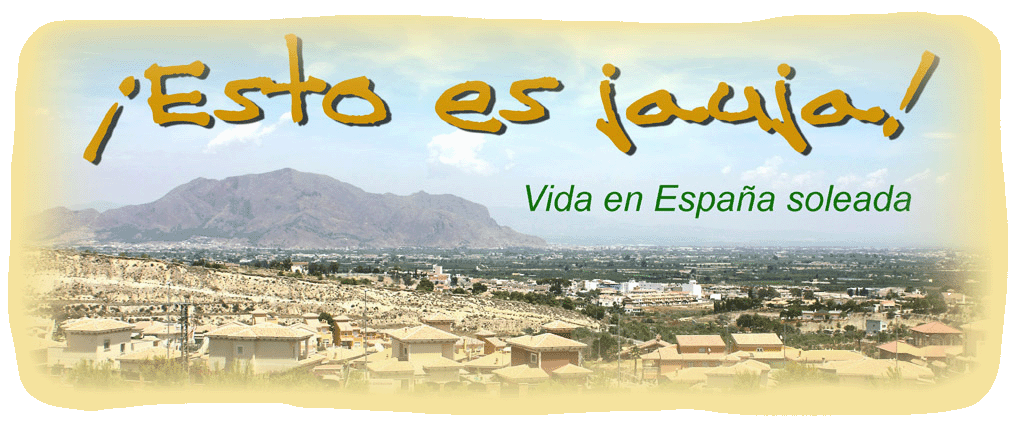Pascual Segura has kindly researched and documented the history of Bigastro in Roman times.
In ancient Rome, a vicus was a group of dwellings that belonged to a town or a large city. What we all know today as a neighbourhood. But, if Bigastro has its origin in the XVIII century, with the decision of the Cabildo of the Cathedral of Orihuela to found in these lands its New Place, how is it possible that Bigastro belonged in ancient times to the Roman Empire? The Bigastro that we know today never actually belonged to the Roman Empire, but to the inhabitants who occupied these lands before us.
Two thousand years ago, the colony of ilici Augusta (Elche) was founded. A colony populated for the most part by war veterans to whom the Empire, in gratefulness for their services rendered, presented them with lots of land in the present field of Elche.
These veterans had their own port -located in Santa Pola, along with their "highways" -the popular Via Augusta-thanks to the construction of the branch that linked the old Hannibal Way from Caudete in Albacete to Cartago Nova Cartagena), passing through Ilici (Elche) and the Vega Baja.
Along these "Roman roads" hostels were set up dedicated to the lodging and rest of travellers and warriors, and also small towns or neighbourhoods which were built around the great Roman cities.
At that time Orihuela was composed of a series of villages, villas and estates along the Segura river bed, the Thader, Among these was the vicus of Bigastro.
Fertile land, water in abundance, the proximity of the great communication routes, elevated spaces. In short, a conglomeration of optimal conditions for the construction of a small population, which offered rest to the Roman warriors, while producing food with which to fill the gigantic Roman storeroom. But what was the vicus of Bigastro? Where was it? And finally, how did it fade over time?
Based on the studies carried out on the ground, and after various archaeological excavations, we can now assume that this vicus was a series of houses or farms distributed in the vicinity and spaces that today occupy Bigastro. Fincas owned by veterans and lords installed in a fertile territory, and whose domestic work and works were carried out by families of settlers and slaves.
Currently we can document the estate of Los Palacios (at the entrance to Bigastro from Orihuela), and also four more farms in the natural surroundings of La Pedrera. In addition, there is documentary evidence of Roman remains in the very heart of Bigastro, recognised by all as the square of the church.
All the bigastrenses estates-those that were manifested today and those hidden from research-made up a small slum whose inhabitants fed on their gardens and livestock, benefiting from the water of the Thader River. Natural resources of a privileged environment that allowed them to trade with larger towns, exchanging provisions for utensils from all parts of the Empire, as ratified by the archaeological pieces that have been rescued from the bowels of the terra-cotta land:
Common and Republican amphorae, coins, mortars, bowls, plates, cups, Italian sigillatas from Central Italy, also from Pisa, from Africa, Dressel amphoras, used to transport the mythical Garum - fish meal made with viscera and blood - and The Oberaden, used for the transport of wine. Oil lamps with a chronology that extends from the time of Augustus until the beginning of the Flavia period, and dozens and dozens of archaeological pieces that sketch with tiny strokes such a rich Roman culture that from the eighteenth century would confuse dozens of researchers and archaeologists, who came to attribute to Bigastro theories about Roman cities of higher rank.
For more than four centuries, the homes of vicus bigastrense, built with large rocks from the hills, decorated with large arches of ashlar masonry, fulfilled their main objective: to supply the Roman pantry thanks to its agricultural production, and serve as a resting place for lords and warriors. But from the fourth century AD, the days as a vicus of the great empire were numbered.
The decline of the Roman Empire began, and its cities began to weaken, affecting the maintenance of Roman road infrastructures. As a result, the direct route of the Via Augusta between Elche and Cartagena was abandoned along with the route through the city of Orihuela,which left the rest of neighbourhoods marginalised.
Without the traffic of travellers or warriors, and without merchants who encouraged the life of its inhabitants, the vicus bigastrense was separated and condemned to death. Gradually, its neighbours were dispersed by other vicus, towns and cities with greater population, commerce and a view of the future.
Tuesday, June 13, 2017
Subscribe to:
Post Comments (Atom)

No comments:
Post a Comment